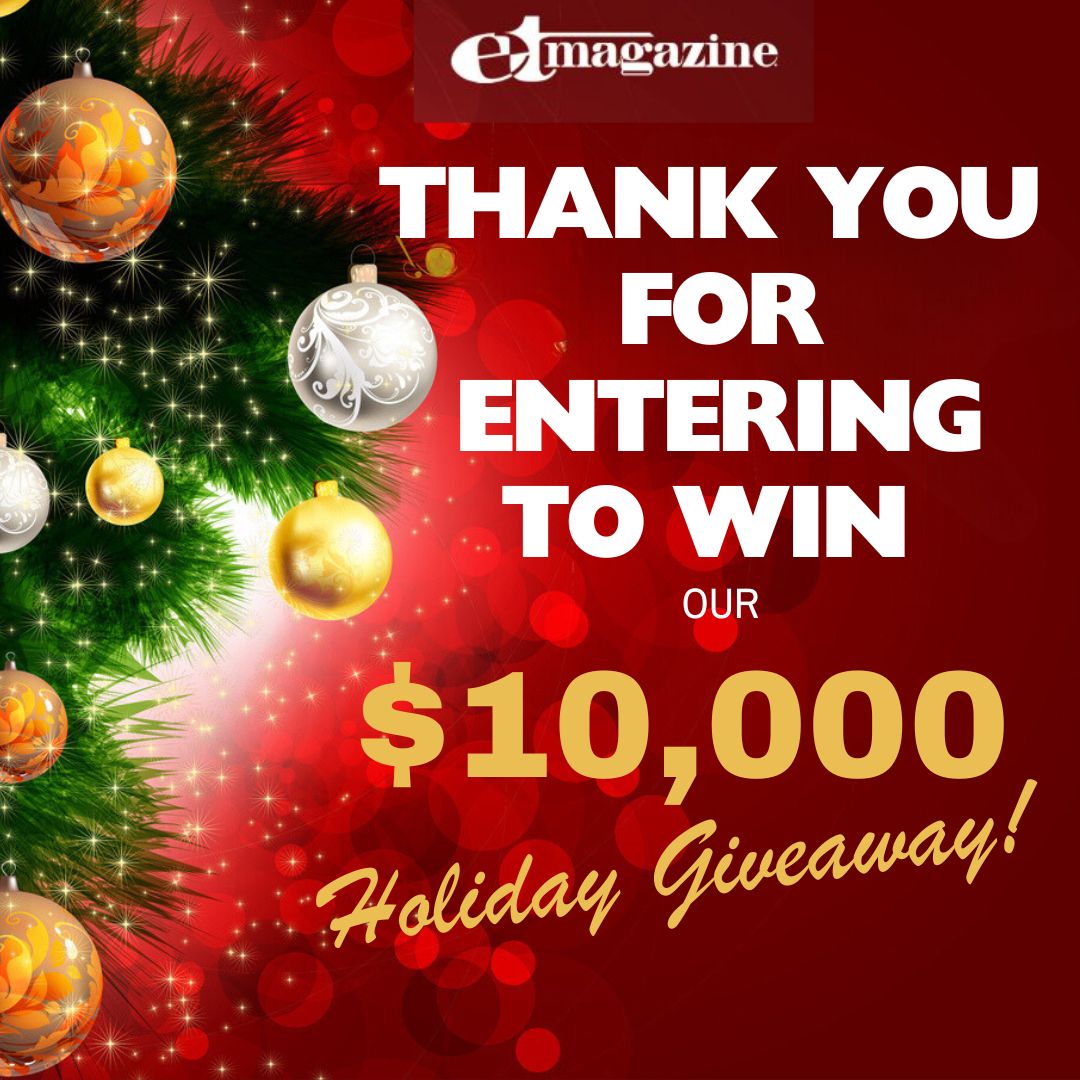|
Spring Cleaning, Pruning and Feedings in the Garden!
We have all heard of a good spring cleaning inside our homes, but this is also true for spring in the garden!
In flower beds, spring clean-up involves cutting back winter-killed foliage and flower stems on those perennials, bulbs, shrubs and trees that were not cut in the fall. This should be done in early spring as soon as the ground has thawed and before growth begins. Get out to rake those leaves and debris from your garden beds.
Remove last year's dead foliage from your hostas, daylilies, iris, and peonies. In fact, many perennials fare better during winter if they’re pruned or cleaned in early spring rather than the fall. These include butterfly weeds, coral bells, tickseeds, artemisias, asters, campanulas, cardinal flower and Russian sage. Cut back ornamental grass and other perennials you left standing in the garden through the winter.
PRUNING AND CLEANING TREES AND SHRUBS
When trees grow too close together, leaves and branches die as they compete for sunlight and airflow. Pruning helps to maximize flowering and produce bountiful fruit. On a mild, dry day, it helps plants develop into sound structures without over-stressing their limbs. When pruning, first prune out dead and diseased branches; this is called thinning. Then, remove the overgrown and smaller branches to increase light and air at the crown of the tree. Cut branches at the node: the point at which one branch or twig attaches to another.
Trees and shrubs that should be pruned in early spring include narrow-leaved evergreens (conifers), like arborvitae, juniper, pine and yew. Pruning improves their shape, keeps them in bounds, induces bushy growth, and thins out unwanted branches.
Broad-leaved evergreens grown primarily for foliage and summer-flowering shrubs, vines, etc., that should be pruned are: butterfly bush, crape myrtle, perennial hibiscus, rose of Sharon and trumpet vine (not old fashioned hydrangea).
Prune bush roses (hybrid teas, floribundas, grandifloras and miniatures) which help repair winter damage, shape plants to induce flower-bearing shoots. This type of rose blooms on new growth. Climbing roses should only have winter-killed parts removed at this time; in most types, blooms develop on shoots arising from old wood. Any cane that has lived through the winter is a potential source of flowers, and therefore precious.
If a plant flowers in the spring, it can be pruned immediately after it has finished blooming for the season. Plants that bloom in the early spring set their flower buds in the fall. Winter or early spring pruning of these plants can reduce the amount of spring blooms they would produce.
Think twice, cut once, and watch carefully. Always disinfect your pruning shears before moving from one plant to another to avoid spreading any disease amongst plants. A quick dip in rubbing alcohol works well as a disinfectant. Also, make sure your pruning shears are sharpened– a nice clean cut is always preferred.
|














 20 lucky winners will win $500 each in prizes totaling $10,000.
20 lucky winners will win $500 each in prizes totaling $10,000. 